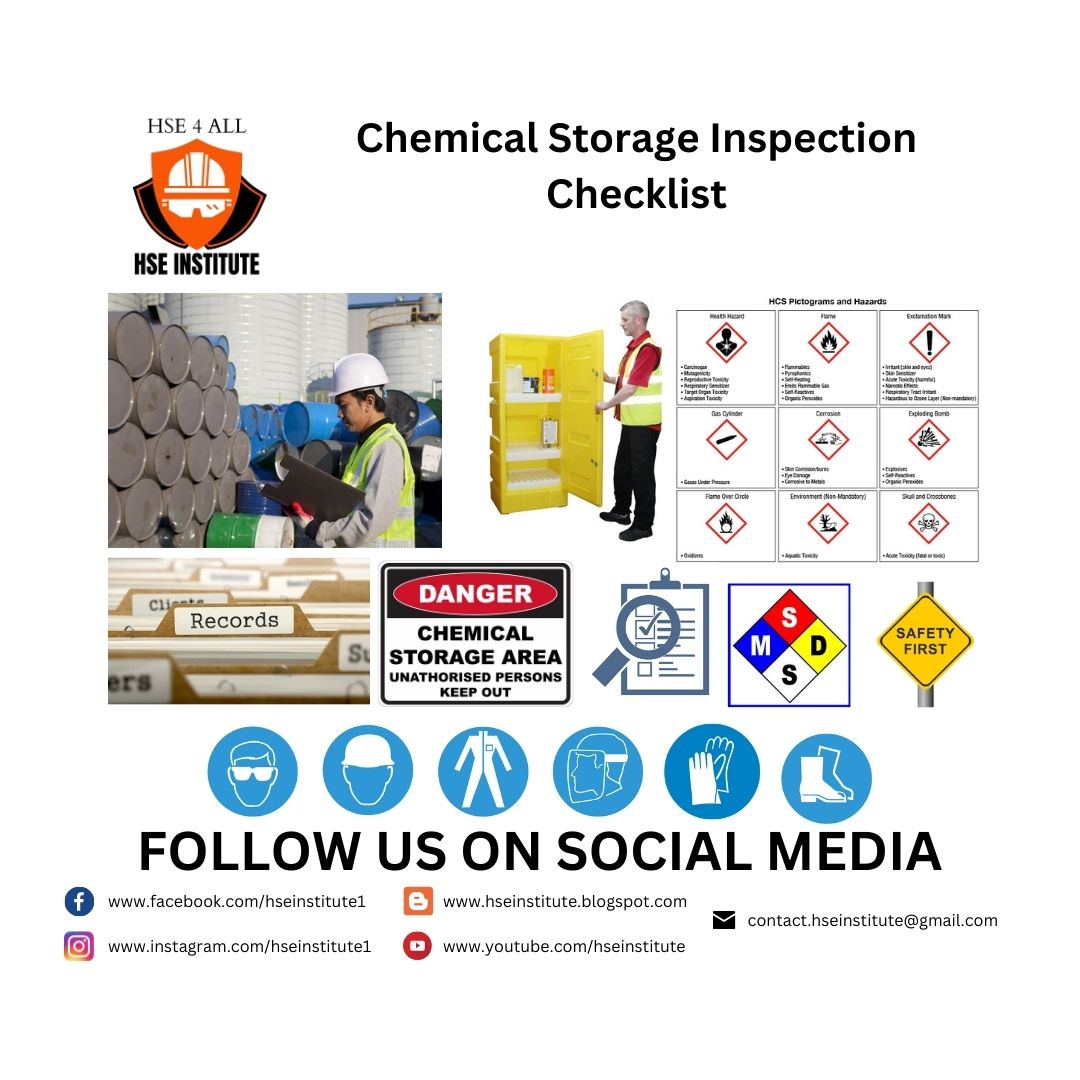Stress At Work
An Introduction to Stress!
"Stress is the adverse reaction people have due to excessive pressure or type of demands placed on them" (HSE UK).
The employer has the legal duty to protect the worker from stress, conduct a sufficient risk assessment, and act upon it. When wrong work demand is placed upon them or they are asked to perform a certain work activity in a narrow timeframe, they can't cope with it and feel stressed. Therefore the employer is required to ensure the worker is given the correct task and sufficient time to eliminate the stress at work.
Health and Safety Executive (HSE UK) in their November 2022 press release revealed the work-related stress statistics. According to the press release, figures showed 914,000 cases of work-related stress were reported while 17 million work days were lost due to anxiety, stress, and depression. (Press Release November 23rd, 2022).
Stress affects people differently, what stresses one person may not affect others. The stress coupled with others factors such as age, sex, skills, experience, and disability may all affect one person more severely than others.
There are 6 areas of work design that can affect stress levels. You should manage these causes of stress properly;
- Demands - Employee not able to cope with the demands of his job;
- Control - Employee not able to control the way he is doing work;
- Support - Employee doesn't get enough information about tasks and support from management;
- Relationships - Being bullied, difficulties in relationships with other workers;
- Role - Don't understand the role and responsibilities thoroughly;
- Change - Workers are not engaged during a change in business;
Signs & Symptoms
The difference in the worker's behavior is the sign of being under stress. Managers or supervisors must ensure they look after their employees and look out for signs of stress in teams and workers on an individual basis.
If someone has been founder suffering from stress, the act on time can reduce the impact of the stress on him and make it easier to eliminate the cause of stress. There are some signs which indicate that the employee is under stress, and if someone is found with them, the employee should be referred to the general physician on an urgent basis. These signs/symptoms include;
- Arguments;
- Being aggressive;
- High-staff turnover;
- Absenteeism;
- Mood swing;
- Loss of motivation;
- Reduced commitment to work;
- Errors and Mistakes;
- Sickness complains;
- Reduction in performance;
- Grievances;
A person who is under stress will behave in a strange manner such as;
- Eat less than usual;
- Use drugs, or medicines for relaxation;
- Suffer difficulties in sleep;
- He'll take more time off;
- He'll often report to work late;
- He'll behave in a very nervous manner;
Stress Risk Assessment
A standard risk assessment format can be used to identify the risks associated with stress. When carrying out the risk assessment, a 5-step process can be adapted to perform to assess the risks;
- Identify who might be harmed?
- What you are already doing?
- What further action you can adapt to mitigate the risk level further?
- Who will carry out the actions?
- When the action is needed by?






.jpg)
.jpg)




.jpg)



